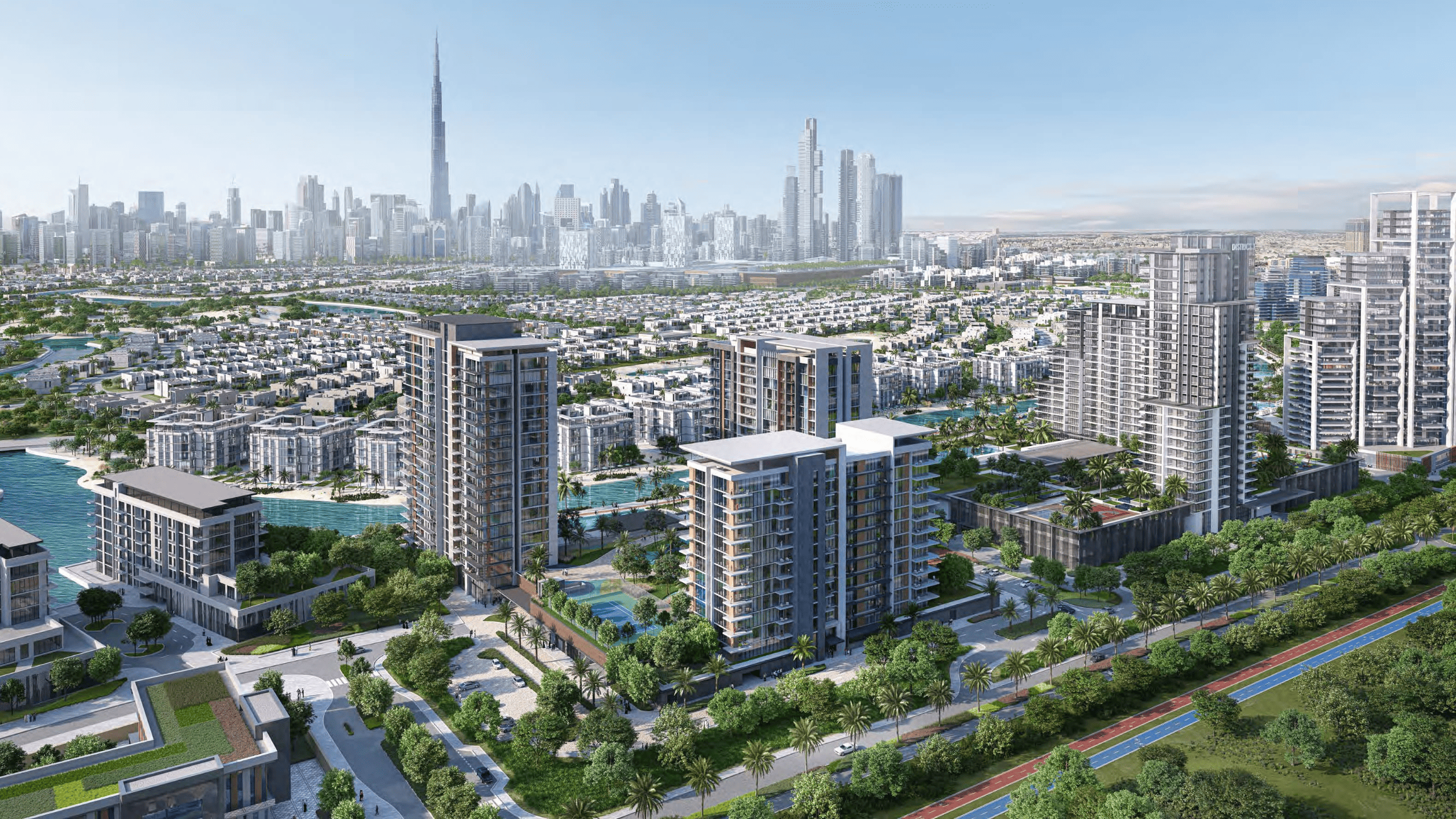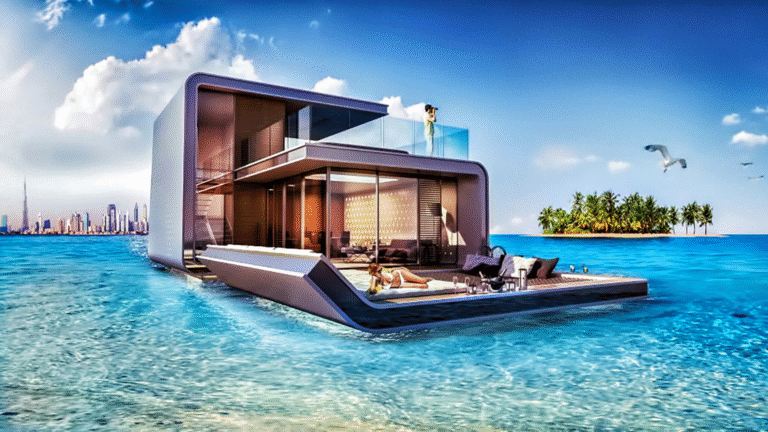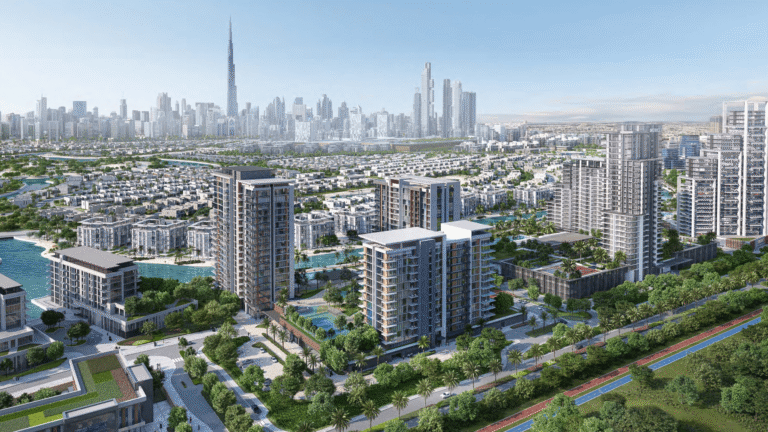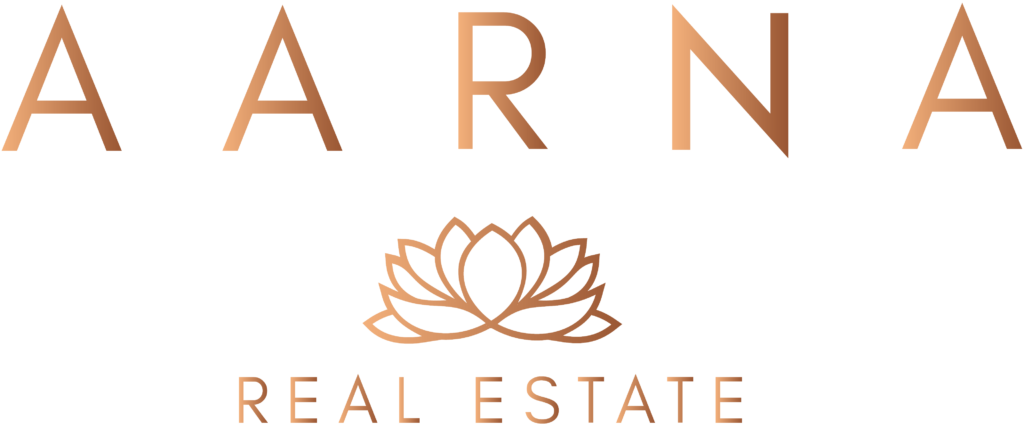Dubai’s Oil Boom (1966–1990s): The Foundation of Economic Growth
The discovery of oil in 1966 marked a pivotal turning point in Dubai’s economic transformation. What was once a modest trading hub rapidly evolved into a global city, fueled by newfound oil wealth. The offshore Fateh-1 well, located approximately 55 miles north of Dubai, began production in 1969, yielding around 100,000 barrels of oil per day. This boom provided the capital necessary for infrastructure expansion, economic diversification, and the creation of a world-class business environment.
Sheikh Rashid’s Ingenious Plan to Prove Dubai’s Oil Discovery

Before oil was discovered offshore in 1966, Dubai had spent decades searching for it. The emirate had been overshadowed by Abu Dhabi, which struck oil in 1958. When Dubai finally discovered oil 15 miles offshore, skepticism remained among the local population. Many feared it was another false alarm.
To prove that Dubai had indeed struck oil, Sheikh Rashid devised a remarkable plan:
- A Sand Bund was Built – A structure was created on the banks of Dubai Creek to hold liquid.
- Oil Transported Onshore – A barge was loaded with crude oil from the Fateh Oil Field and towed to Dubai Creek.
- Oil Piped into the Sand Bund – Sheikh Rashid ordered the crude oil to be pumped into the bund.
- A Historic Moment Captured – Late photographer Noor Rashid Ali documented the iconic moment when Dubai’s people saw their oil for the first time.
The Visionary Leadership of Sheikh Rashid bin Saeed Al Maktoum
Sheikh Rashid bin Saeed Al Maktoum, Dubai’s ruler from 1958 to 1990, had the foresight to understand that oil wealth was temporary. He believed in reinvesting revenue from oil into projects that would secure Dubai’s long-term economic sustainability. Under his leadership, oil revenues were strategically allocated to critical sectors:

1. Port Development
- Port Rashid (1972) and Jebel Ali Port (1979) transformed Dubai into a global maritime hub, enhancing trade and logistics infrastructure.

2. Aviation Expansion
- Dubai International Airport was developed to position Dubai as an international aviation center, boosting connectivity and tourism.
3. Urban Planning & Business Hubs
- The Dubai World Trade Centre (1978) marked the beginning of Dubai’s emergence as a global business and financial hub.

Key Milestones in Dubai’s Oil Industry
- 1966 – Oil is discovered at the offshore Fateh field.
- 1969 – Dubai exports oil for the first time with a shipment of 180,000 barrels.
- 1972 – Drilling operations begin at the Falah oil field.
- 1973 – The Rashid oil field is discovered, with production commencing in March 1979.
- 1982 – The Margham onshore oil field is discovered, with production starting in 1984.
- 1999 – Emirates National Oil Company (ENOC) establishes its first oil refinery, producing 120,000 barrels per day at a cost of Dh1.5 billion.
- 2000 – Dubai signs a Memorandum of Understanding (MoU) to join the Dolphin Project, securing Qatari gas supply.
- 2007 – Dubai Petroleum assumes full control of all oil and gas projects in the emirate.
Dubai’s Oil Reserves and Production Today

Dubai has an estimated 4 billion barrels of oil in reserve, making it the second-largest holder of oil reserves in the UAE. However, production peaked in 1991 at 410,000 barrels per day (b/d) and has been steadily declining ever since. Currently, Dubai’s oil fields include:
- Fateh
- Southwest Fateh
- Falah
- Rashid
- Margham (onshore field, producing ~25,000 b/d of condensate)
Key Players in Dubai’s Oil Industry
- Dubai Petroleum Company (DPC) – The primary operator of Dubai’s oil and gas sector.
- ENOC (Emirates National Oil Company) – Government-owned company managing oil refining and distribution.
- EPCO (Emirates Petroleum Products Company) – A subsidiary of ENOC, operating over 125 distribution stations in Dubai and the Northern Emirates.
The Shift from Oil to a Diversified Economy

Dubai’s oil reserves are expected to be depleted within the next 20 years, making economic diversification a necessity. Sheikh Rashid’s early investments in trade, tourism, logistics, and finance paved the way for Dubai’s post-oil future. Today, Dubai thrives on industries such as:
- Real estate & infrastructure development
- Tourism & hospitality
- Global trade & logistics
- Financial services & technology
Dubai’s oil boom was a stepping stone rather than a destination. The emirate’s leadership understood the transient nature of oil wealth and successfully leveraged it to build a thriving, diversified economy. From the construction of world-class infrastructure to the establishment of global trade and financial hubs, oil played a crucial role in shaping modern Dubai.
As Dubai continues to grow as a global investment and business hub, its success serves as a testament to the visionary leadership that transformed temporary oil wealth into lasting economic prosperity.






